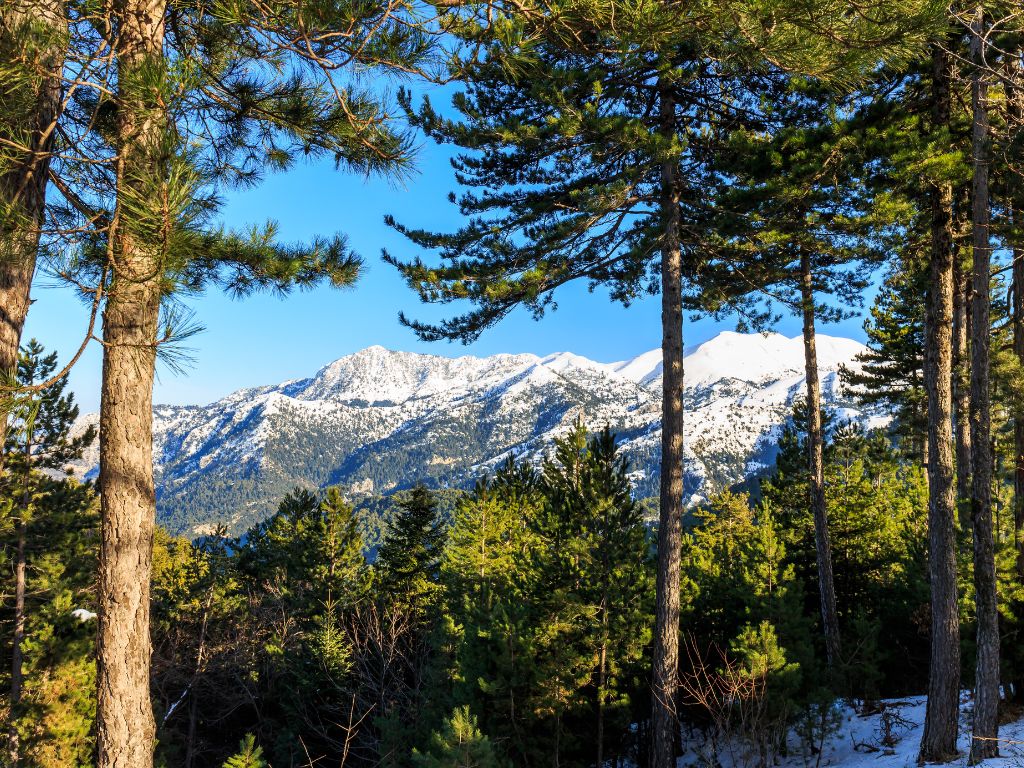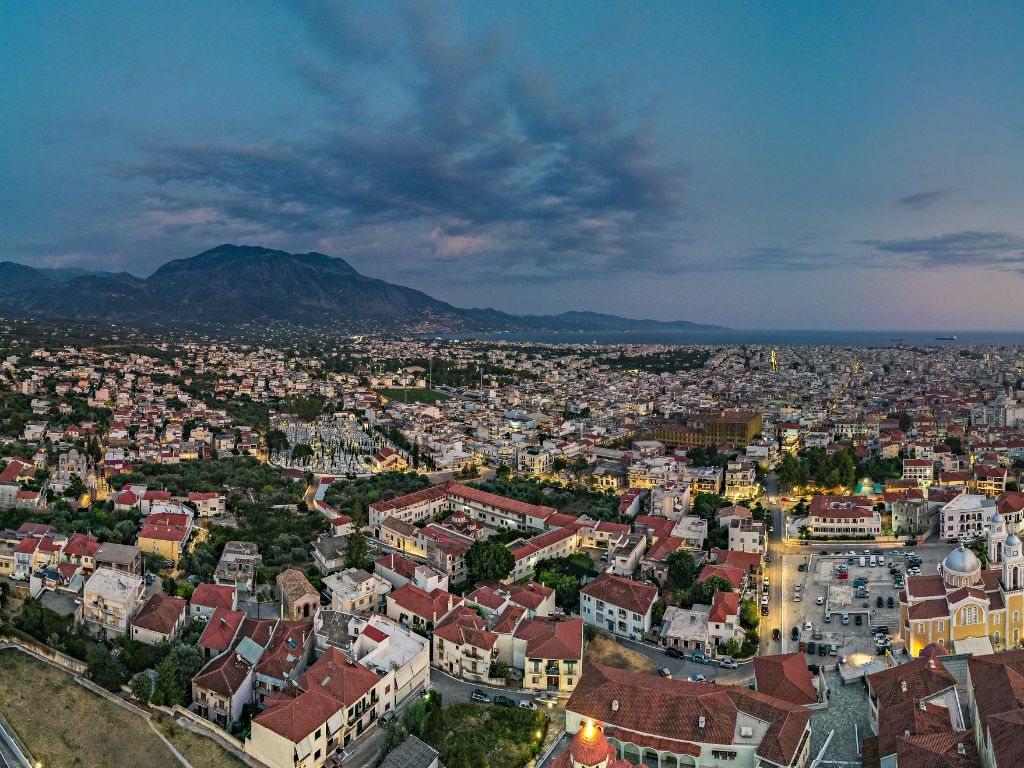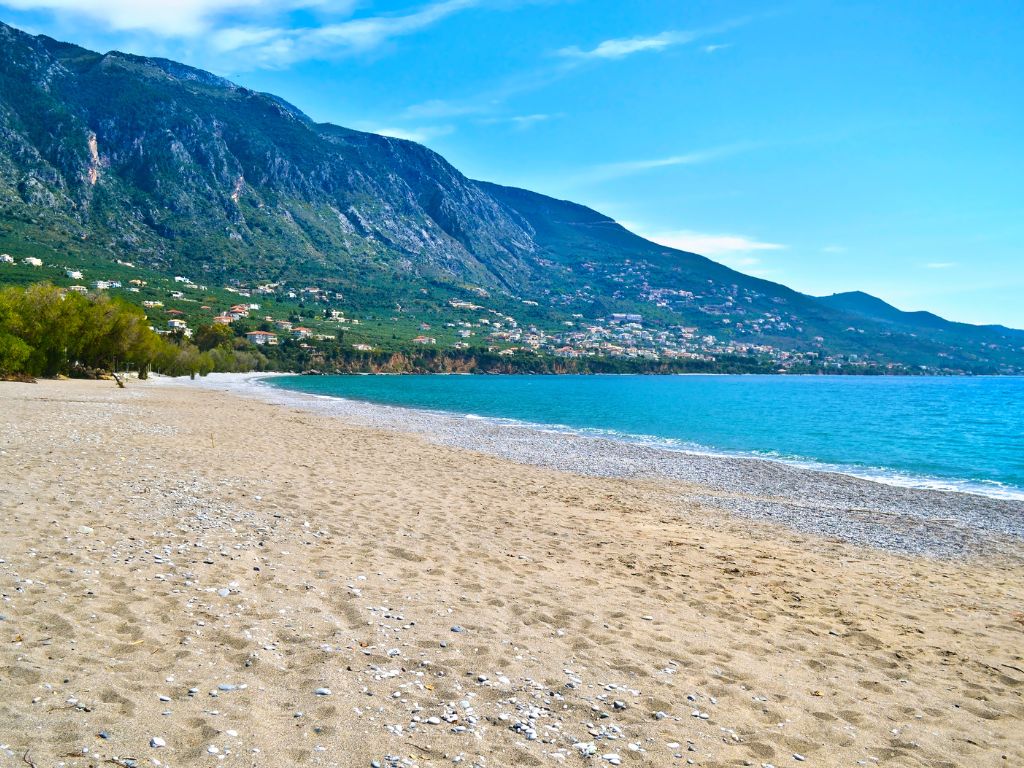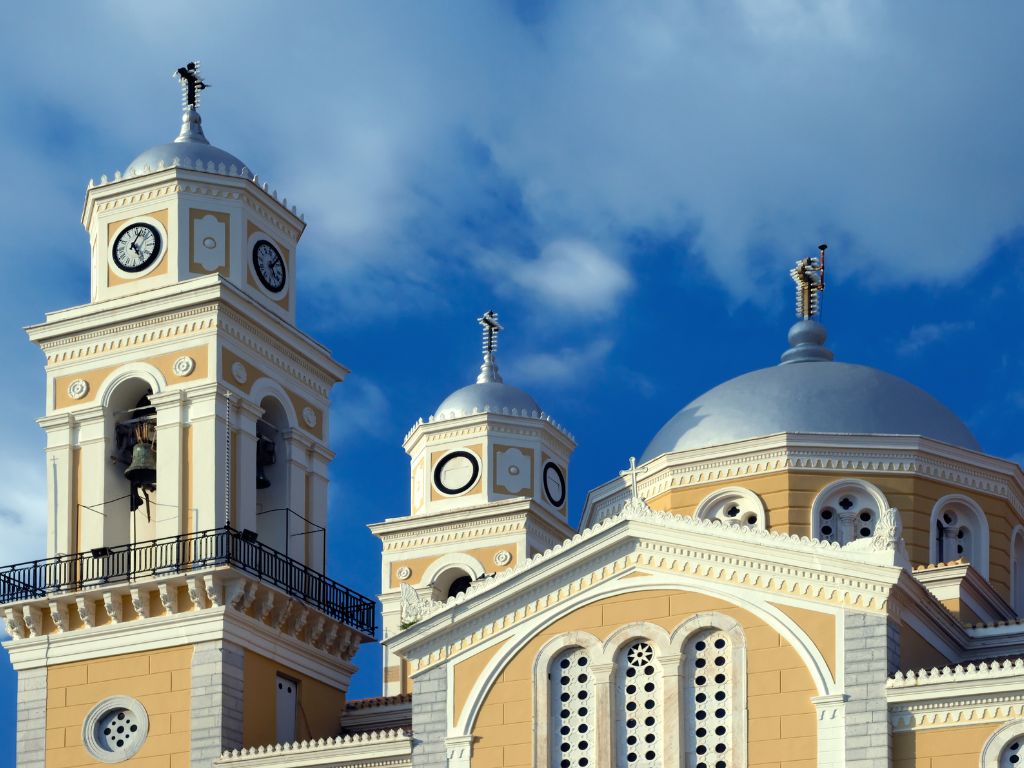Kalamata

Kalamata is a vibrant seaside town in the Peloponnese peninsula.
It is highly likely that you know the name but cannot find Kalamata on a map. You probably also know that Kalamata is famous as the production queen of olives. Here are a few things you might know though. Visitors will find Kalamata a walkable and exciting city to explore, combining mountain views and beautiful beaches, authentic local products and modern shops, cafés and restaurants to choose from.
How to reach Kalamata?
The city of Kalamata is positioned at the foothills of mountain Taygetos and is enveloped by the Gulf of Messinia in southern Greece, only 3 hours by car from Athens. In addition to being the second-largest city in the Peloponnese, after Patras, it is also an important commercial center and merchant port, exporting local products such as olive oil and olives.


History
The history of Kalamata often begins with the city of Farai, which occupied the area where the castle stands today and is first mentioned by Homer. However, it didn’t become an important centre until at least the 10th century. The remains that stand today are from the 13th century during the Frankish occupation but the castle throughout its history will be considerate a weak and easily penetrable fortress.
By the start of the 15th century, Kalamata is now under Byzantine rule and belongs to the Despotate of the Morea. By 1481, Kalamata has fallen to the Ottoman Empire, together with most of Greece, with the notable exception of the Ionian islands. It will exchange hands once more, to the Venetians, before being conquered by the Ottomans again. Kalamata will stay under Ottoman rule until the Greek Independence War in 1821 and be the starting point in the revolution and the first city to be liberated.


The church of the Holy Apostles in the main square of the city and just opposite the Archaeological Museum marks the spot where the revolutionary army started and is worth visiting. In the modern city of Kalamata, visitors will find layers of its rich history, stunning neoclassical buildings, a wide promenade to take in the sights and gaze at mountain Taygetos at the same, while enjoying refreshing beverages and modern hotel establishments to accommodate your stay.


